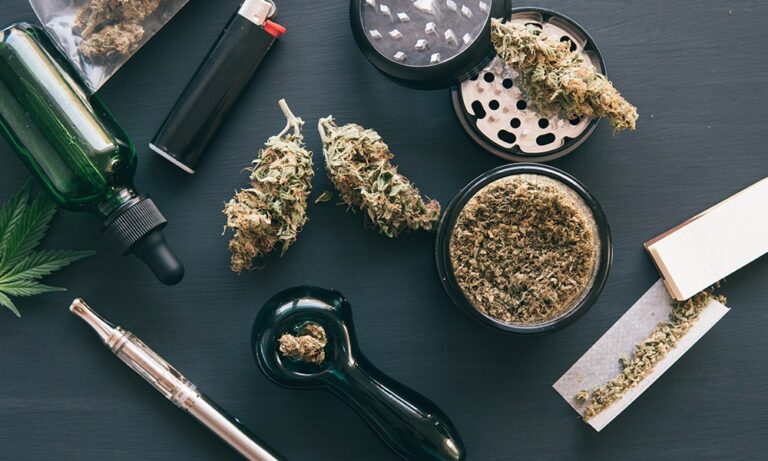In the world of cannabis-infused products, the emergence of THCP edibles has sparked a wave of curiosity among both consumers and researchers alike. As scientists delve deeper into the intricate chemistry of the cannabis plant, they uncover compounds like THCP (tetrahydrocannabiphorol) that contribute to the plant’s vast array of effects. Understanding how THCP is infused into edible products sheds light on the complex processes involved in creating these popular treats.
Unveiling the Science of THCP
THCP, a lesser-known cannabinoid compared to its more famous cousin THC (tetrahydrocannabinol), has been gaining attention for its potential potency. This compound, like many others found in cannabis, interacts with the endocannabinoid system in the human body, influencing various physiological processes. While research on THCP is still in its infancy, its presence in edibles offers a unique avenue for exploring its effects and applications.

Journey from Plant to Extract
The process of infusing THCP into edibles begins with the cultivation of cannabis plants rich in this particular cannabinoid. Through careful breeding and cultivation techniques, growers can manipulate the cannabinoid profile of the plant to enhance the concentration of THCP. Once harvested, the plant material undergoes extraction processes to isolate and concentrate THCP into a potent extract.
Precision in Formulation
Creating THCP gummies requires precision in formulation to ensure consistent dosing and effects. Manufacturers carefully blend THCP extract with other ingredients, such as sugars, flavors, and gelatin, to produce the desired taste and texture. Diligent testing and quality control measures are implemented to verify the potency and safety of the final product, providing consumers with confidence in their THCP edibles.
Enhanced Bioavailability
One of the advantages of consuming THCP through edibles is its enhanced bioavailability compared to other consumption methods. When ingested, cannabinoids like THCP undergo metabolism in the liver, producing metabolites that may exhibit different effects than the parent compound. This phenomenon contributes to the unique experience offered by THCP-infused edibles, making them a preferred choice for many cannabis enthusiasts.
Regulatory Considerations
As the popularity of THCP edibles grows, regulatory agencies face the challenge of establishing guidelines and standards for these products. Ensuring accurate labeling, proper dosing information, and rigorous quality control measures are essential to safeguarding consumer health and promoting transparency within the industry. Collaborative efforts between regulators, manufacturers, and researchers are crucial in navigating the evolving landscape of cannabis-infused products.
Exploring Potential Applications
Beyond recreational use, THCP edibles hold promise for various therapeutic applications. Preliminary research suggests that THCP may possess analgesic, anti-inflammatory, and neuroprotective properties, offering potential benefits for individuals with chronic pain, inflammatory conditions, and neurological disorders. Continued investigation into the pharmacological effects of THCP will shed light on its therapeutic potential and pave the way for future medical applications.

In conclusion, THCP-infused edibles represent a fascinating intersection of science, innovation, and cannabis culture. By understanding the journey from plant to gummy and the science behind THCP infusion, consumers gain insight into the complexity of these products and their potential effects. As research advances and regulations evolve, THCP edibles are poised to remain a prominent fixture in the ever-expanding landscape of cannabis-infused offerings.
